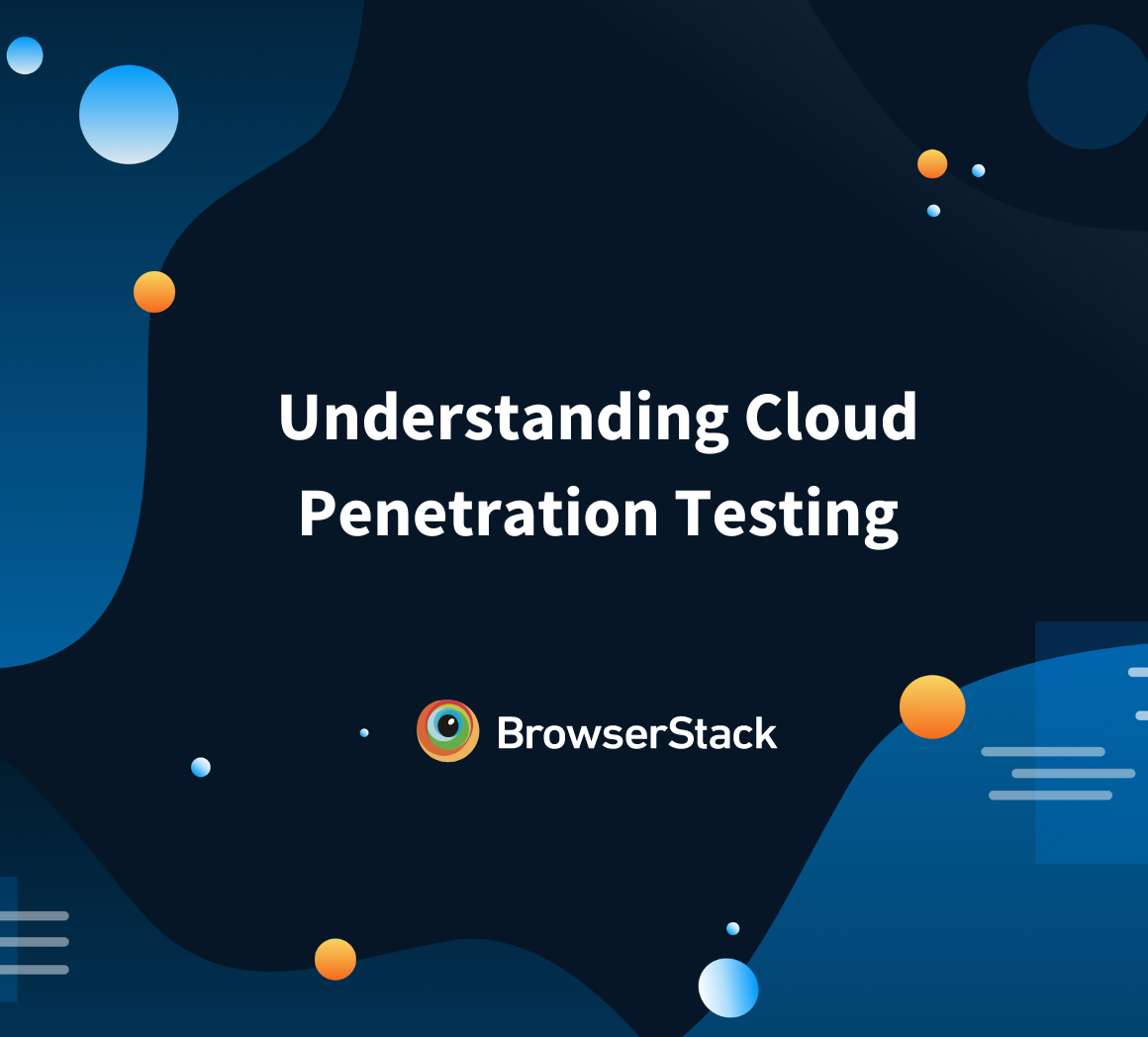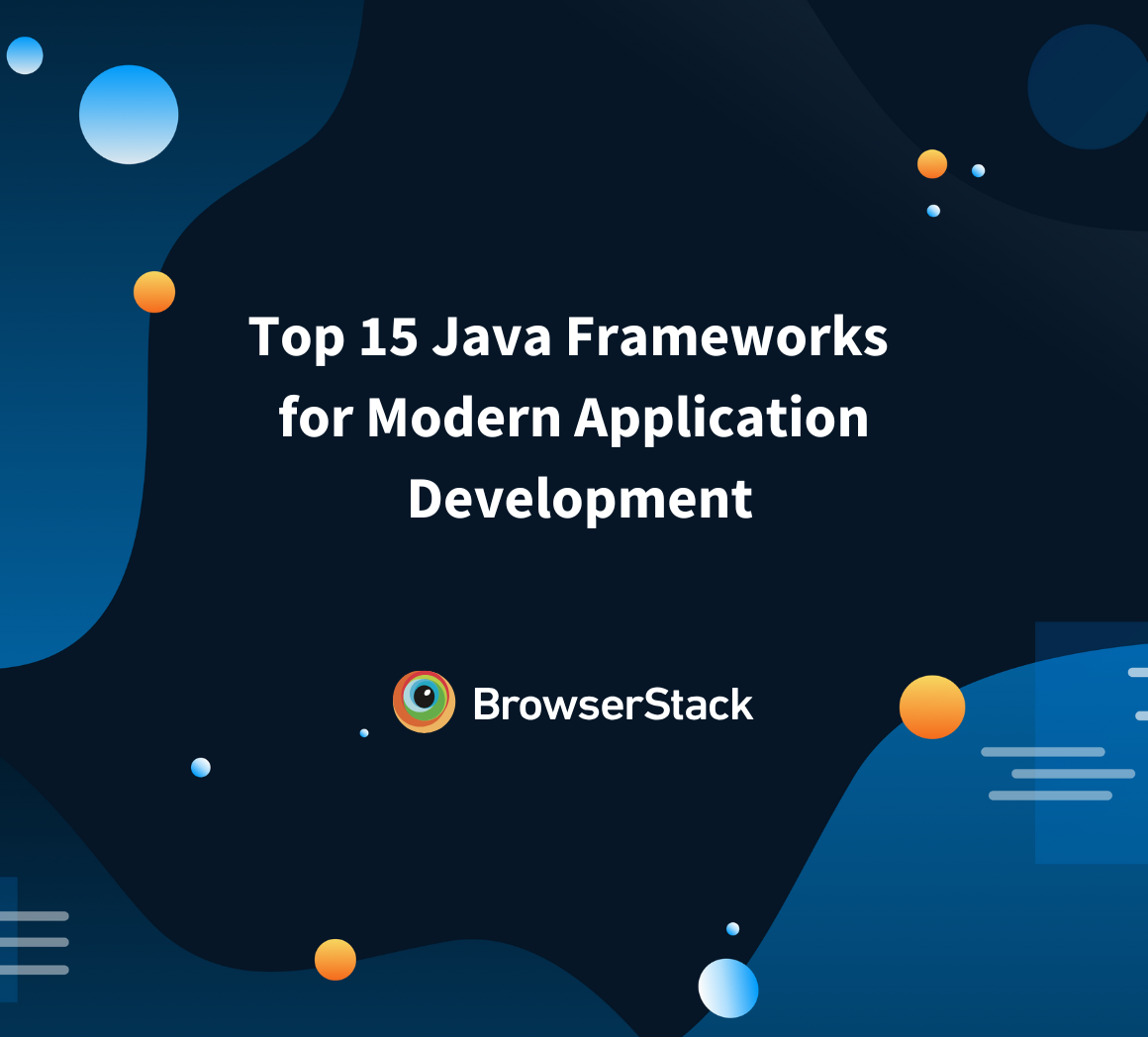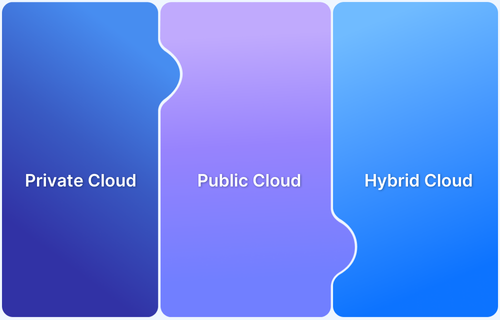Still wondering why your automated tests pass locally but fail once deployed?
Serverless environments rarely behave the same way twice. Cold starts, async triggers, and shifting cloud states make test results unpredictable even when the code remains unchanged. Each run introduces new variables in execution time, function state, and resource dependencies, which makes consistency difficult to maintain.
Debugging and monitoring remain the hardest parts of serverless testing. In fact, 50% of respondents identified these as their top challenges, largely because most cloud failures occur deep inside managed services where visibility is limited.
This guide walks through proven ways to test, automate, and monitor serverless applications with greater reliability and scale.
What are Serverless Applications?
Serverless applications are built using a Function-as-a-Service (FaaS) model where individual functions are executed in response to events. Instead of managing servers, developers focus solely on writing business logic while the cloud provider handles provisioning, scaling, and monitoring.
Key characteristics of serverless applications:
- Event-driven execution: Functions are triggered by HTTP requests, file uploads, database updates, or queue events.
- Pay-per-use model: Costs are incurred only for the duration of execution.
- Automatic scaling: Functions scale up or down seamlessly with user demand.
- Statelessness: Functions do not maintain state between invocations, requiring external data stores.
- Managed infrastructure: Cloud providers handle runtime, scaling, and availability.
Examples include AWS Lambda, Azure Functions, and Google Cloud Functions, often integrated with services like S3, DynamoDB, or Firebase.
Read More: What Are Public, Private, and Hybrid Clouds
Importance of Testing Serverless Architectures
Testing is especially critical in serverless architectures because of the distributed and event-driven nature of functions. A single malfunctioning function can disrupt entire workflows.
Why testing matters in serverless applications:
- Complex integrations: Multiple cloud services and APIs must work together seamlessly.
- High concurrency: Applications must remain reliable under unpredictable load.
- Cold starts and latency: Functions can introduce delays when invoked after inactivity.
- Security risks: Event triggers and third-party APIs can expose vulnerabilities.
- Business-critical reliability: Many serverless workloads involve payments, transactions, or user authentication where errors are costly.
Testing Strategies for Serverless Applications
Effective testing in serverless requires a layered approach to validate both functions and their integrations.
- Unit testing: Validate individual functions in isolation using frameworks like Jest, Mocha, or NUnit.
- Integration testing: Ensure functions interact correctly with cloud services such as databases, queues, or APIs.
- End-to-end testing: Simulate real user journeys across multiple functions and services.
- Performance testing: Assess system behavior under load, identifying cold start issues and scaling bottlenecks.
- Security testing: Validate permissions, identity, and access control settings to ensure least privilege policies.
- Monitoring and observability: Track logs, metrics, and distributed traces for real-time validation.
Challenges in Testing Serverless Applications
Despite its advantages, serverless testing presents unique challenges:
- Event-driven complexity: Difficult to reproduce real-world triggers across services.
- Limited local testing: Functions often rely on cloud-managed services, making local simulations incomplete.
- State management: Stateless functions require external storage, complicating test setup.
- Cold start latency: Inconsistent performance during initial invocations may skew results.
- Debugging complexity: Logs and distributed traces are harder to consolidate across multiple functions.
- Service limits: Cloud providers impose rate limits that can affect large-scale automated tests.
Read More: Understanding Cloud Penetration Testing
Best Practices for Automated Testing of Serverless Applications
Teams can mitigate challenges by adopting best practices tailored for serverless testing:
- Mock dependencies: Use stubs and mocks for cloud services to isolate tests.
- Test critical paths first: Focus on business-critical workflows like authentication or payment processing.
- Automate test data management: Ensure consistent and reproducible test runs.
- Leverage IaC (Infrastructure as Code): Define test environments consistently using Terraform or CloudFormation.
- Use real-world scenarios: Validate cold starts, network latencies, and concurrency.
- Shift-left approach: Incorporate testing early in the development cycle.
- Monitor continuously: Combine automated testing with observability for post-deployment validation.
Tools and Frameworks for Automated Testing of Serverless Applications
Here are some of the tools and frameworks for automation testing of serverless applications:
BrowserStack Automate
A cloud-based platform that allows teams to run automated tests on 20,000+ real devices and browsers. It ensures that serverless web applications are validated under real-world conditions without maintaining physical infrastructure.
Features:
- Access to a wide range of real devices and browsers
- Parallel execution to accelerate test cycles
- Seamless CI/CD integration with Jenkins, GitHub Actions, GitLab, and CircleCI
- Debugging with screenshots, logs, and video recordings
- Scalable infrastructure for enterprise workloads
Serverless Framework
An open-source framework that simplifies building, deploying, and testing serverless functions across providers like AWS, Azure, and Google Cloud.
Features:
- Built-in plugins for testing and validation
- Local simulation of serverless functions
- Extensible with community and custom plugins
- Easy CI/CD pipeline integration
AWS SAM (Serverless Application Model)
Features:
- Local testing and debugging with sam local
- Infrastructure as Code for consistent test environments
- Deep integration with AWS services like API Gateway and DynamoDB
- Simplified CI/CD setup with CodePipeline support
Read More: 25 Best DevOps Automation Tools in 2024
LocalStack
A local testing framework that emulates AWS cloud services, enabling developers to run serverless applications offline
Features:
- Simulates Lambda, API Gateway, DynamoDB, S3, and more
- Useful for early-stage development and offline testing
- Speeds up feedback loops without incurring cloud costs
- Works with existing AWS SDKs and CLI tools
Mocha / Jest / NUnit
Unit testing frameworks for JavaScript, Python, and .NET serverless applications. They focus on verifying individual function logic.
Features:
- Fast execution of isolated function tests
- Rich assertion libraries and mocking support
- Code coverage reporting
- Easy integration with CI/CD pipelines
Artillery
A modern performance testing framework suitable for APIs and serverless applications.
Features:
- Load and stress testing with configurable scenarios
- Real-time reporting of latency, throughput, and error rates
- Supports HTTP, WebSocket, and serverless API testing
- Scalable to simulate thousands of concurrent requests
Why choose BrowserStack for Automation Testing?
Serverless applications need to be tested in real-world environments to validate reliability at scale. BrowserStack Automate provides exactly that:
- Real device and browser coverage: Access 3500+ real devices and browsers combinations for accurate results.
- Parallel execution at scale: Run thousands of automated tests simultaneously.
- CI/CD integrations: Works seamlessly with Jenkins, GitHub Actions, GitLab, and CircleCI.
- Advanced debugging: Capture logs, screenshots, video recordings, and network traffic.
- No infrastructure overhead: Eliminate the need to maintain in-house device labs.
By combining automation frameworks with BrowserStack Automate, teams can validate serverless applications end-to-end in real-world conditions.
Conclusion
Serverless architectures simplify development but increase the complexity of testing. Automated testing ensures that distributed, event-driven functions work reliably across services, at scale, and under varying load conditions.
By leveraging the right strategies, frameworks, and platforms like BrowserStack Automate, teams can implement robust serverless testing pipelines that ensure reliability, reduce risks, and deliver seamless user experiences.
Get Expert QA Guidance Today
Schedule a call with BrowserStack QA specialists to discuss your testing challenges, automation strategies, and tool integrations. Gain actionable insights tailored to your projects and ensure faster, more reliable software delivery.







